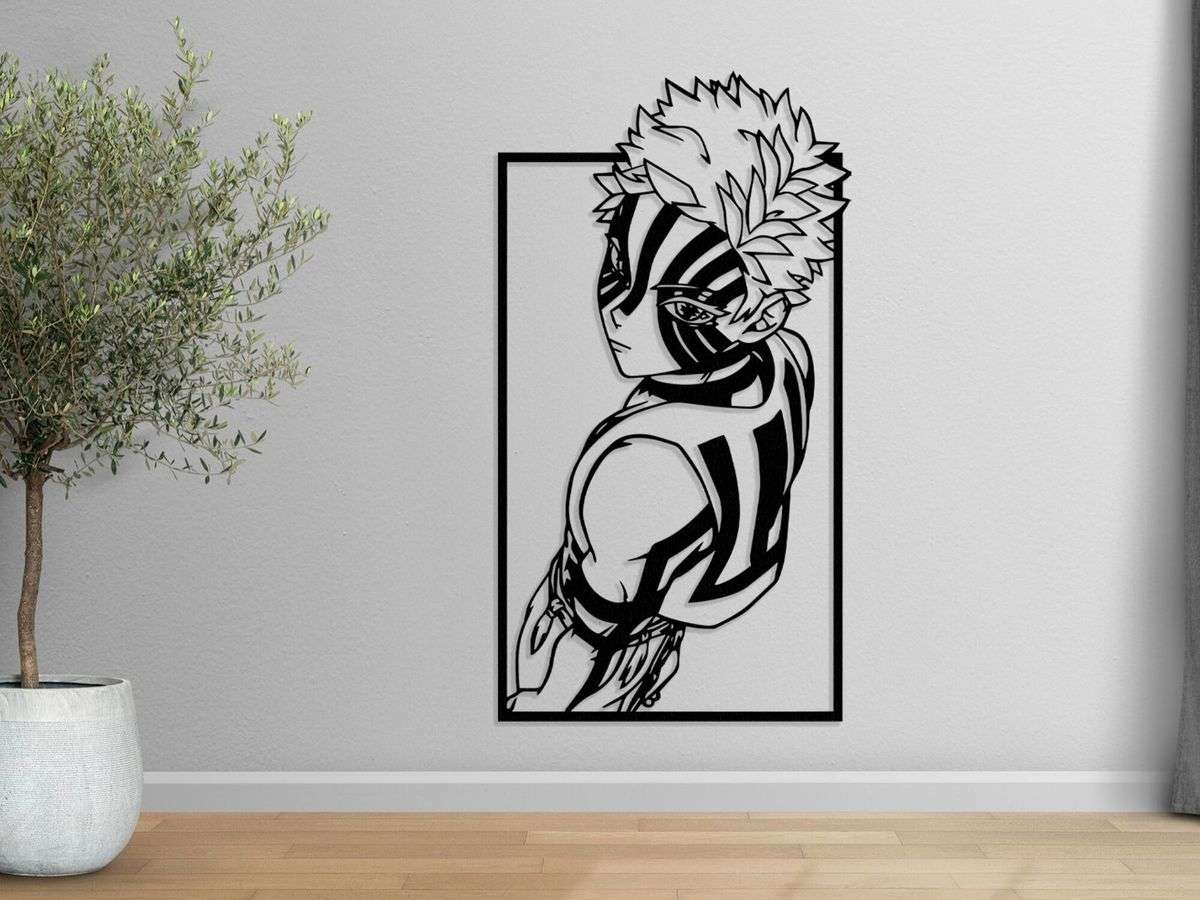
Riding the global wave of popularity of Japanese anime and games,figures have evolved from mere collectibles into a medium for many enthusiasts to project their emotions.Have you ever closely examined the hair details of a high-quality figure?The flowing bangs,the fluttering ponytails,and even the curves and textures of each individual strand are clearly visible,as if they had been imbued with life.Behind this lies a manufacturing technique that is often overlooked but extremely important:CNC machining,a precision technology that brings virtual characters to life in the real world.
From Digital Models to the Physical World:The Magic of CNC Machining
The creation of figures begins with the designer's digital model.After the character prototype has been meticulously sculpted on the computer,how can this virtual image be accurately transformed into a physical entity?This is where the precision manufacturing technology in the factory comes into play.In the past,it was thought that figure manufacturing relied entirely on hand sculpting or traditional casting,but in reality,the prototype production of modern high-end figures heavily depends on CNC machining technology.
Take the character's hair as an example.The complex and intertwined strands of hair are one of the most challenging parts of figure modeling.With CNC milling(CNC sculpting),the milling machine can follow the 3D data to precisely cut out the contours,thickness,and even the surface texture of each strand of hair on the prototype made of metal or high-density material.This precision machining process ensures that even the tiniest details,such as the split ends or the curvature of the bangs,are perfectly reproduced.
Not Just Milling:The Synergy of Diverse CNC Technologies
CNC machining is not limited to milling.In figure prototype production,different parts may require different machining methods.For example,for some symmetrical circular parts,the factory may use CNC turning to quickly and accurately shape them.The combination of these manufacturing processes allows for an astonishing level of reproduction,whether it's the character's complex hairstyle or the fine pleats on the clothing.
Why is this precision so important?Because the quality of the prototype directly determines the appearance of the final product.The high-precision prototype created by CNC machining is then used to make silicone molds,which are subsequently used to produce resin castings.Only if every detail of the prototype is impeccable can the final figure achieve the effect that the designer intended.
Precision Manufacturing:The Bridge Connecting Creativity and Reality
For collectors in Europe and America,understanding this manufacturing process may add a new perspective to their appreciation.When you pick up a figure and observe the delicacy of its hair,what you see is not only the artist's design talent but also the technological achievements of modern manufacturing.In this process,the machining factory plays a crucial role—it transforms the artist's two-dimensional creativity and three-dimensional data into a tangible reality through precision machinery.
The reason why Japan's ACGN industry can continuously produce high-quality peripheral products is closely related to the mature precision manufacturing ecosystem behind it.From the character settings in games and animations to every detail of the physical figures,technologies such as CNC machining ensure that the imagined characters are brought into the real world in the best possible state.
Next time you admire the flowing hairstyle of a figure,consider the story of precision manufacturing behind it.In some factory,a CNC machine is meticulously carving each strand of hair according to a digital blueprint,transforming virtual beauty into a touchable work of art.This is the charm of modern creative product processing—the perfect fusion of art and technology allows anime enthusiasts around the world to enjoy this delicacy and emotion.